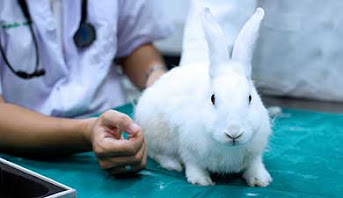Are you interested in showing your purebred Samoyed or another purebred canine? If so, consider contacting your local breed associations and canine clubs to learn about upcoming shows and requirements for registration. If you’re already registered with the American Kennel Club (AKC) and plan to show in their sanctioned competitions then check out their website for tips and helpful articles on show. There should be additional information in the “members” section as well. Specifically, the AKC suggests visiting a dog show and speaking to those competing as well as members of the AKC beforehand. The AKC sponsors several classes that can help you prepare your Samoyed for showing as well. The classes not only help familiarize your pup with the arena and show process, but they also contain useful information for the owner as well. Ask your veterinarian Folsom, CA for additional tips and suggestions.






